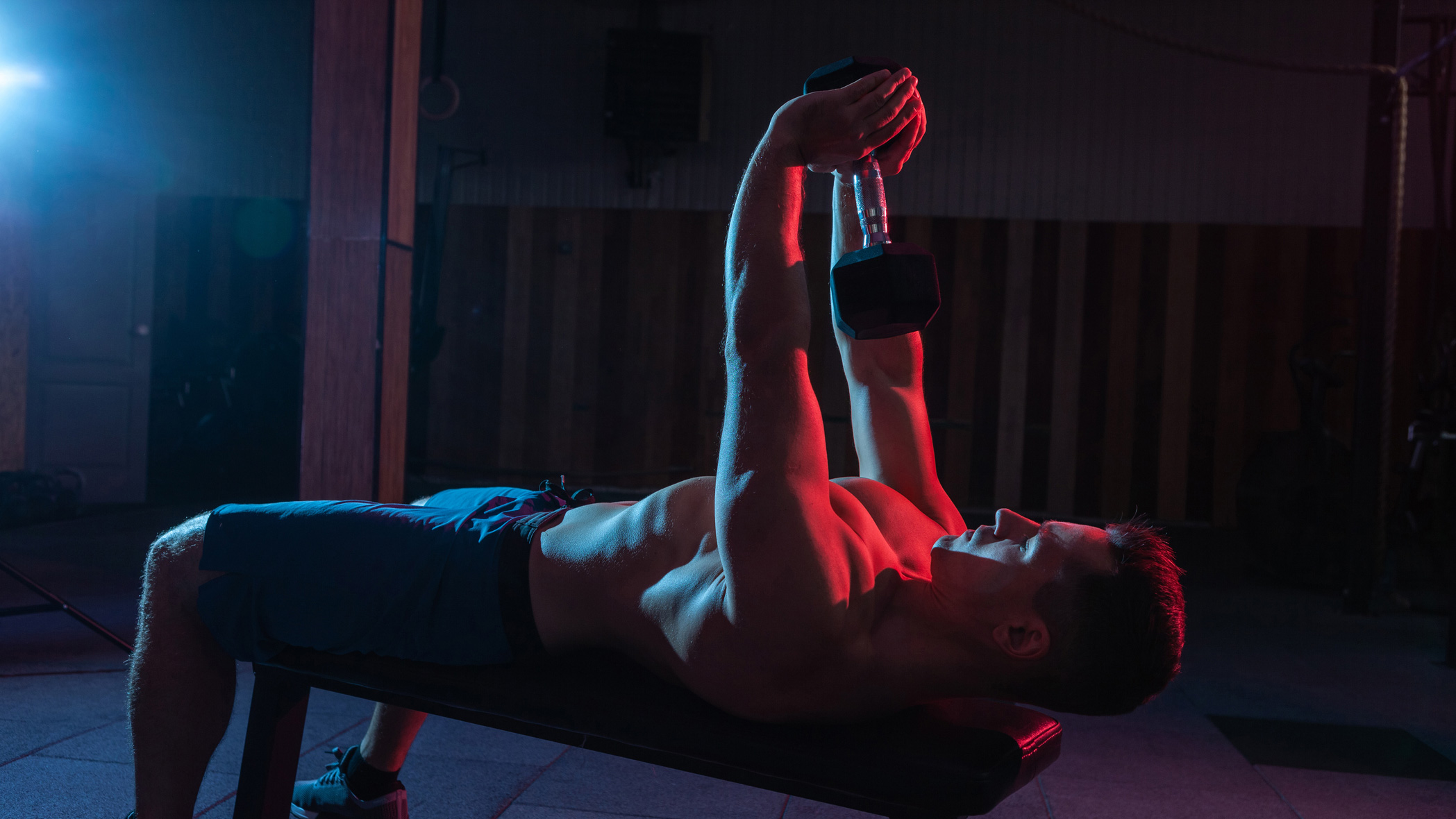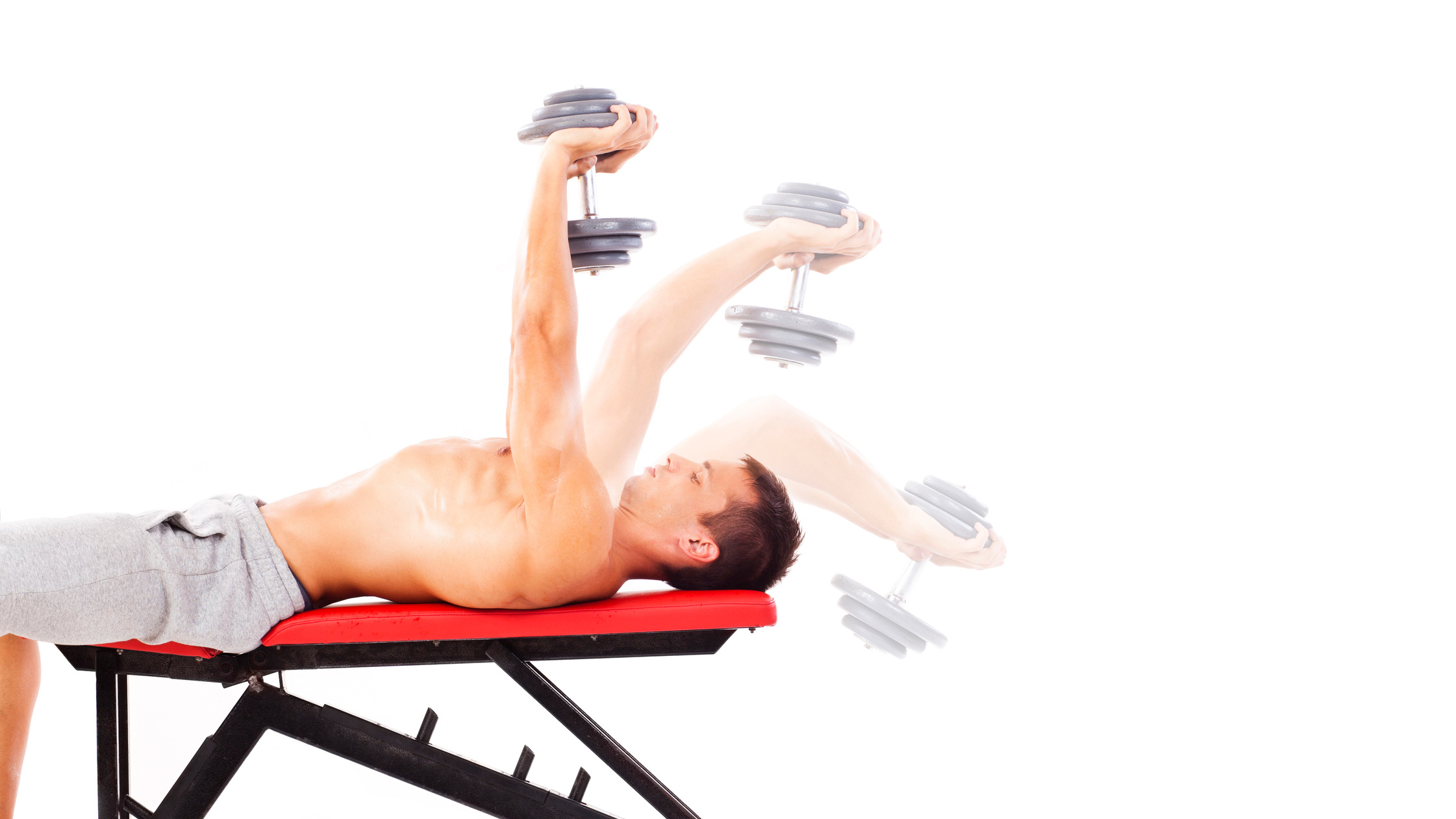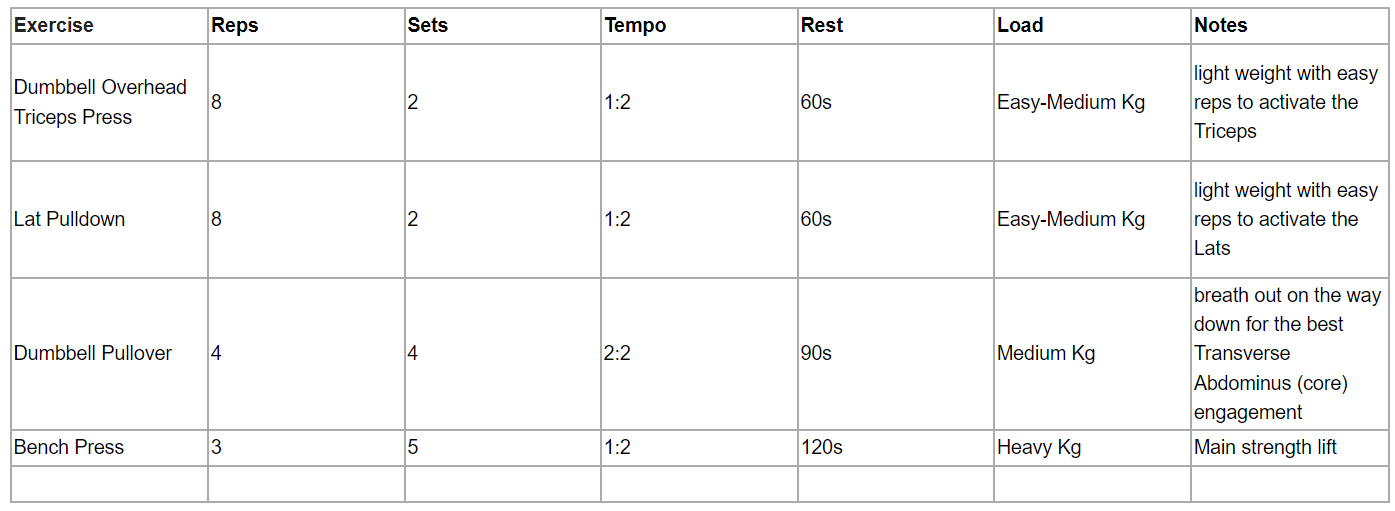Dumbbell pullovers: how to do this muscle-building upper body exercise
Dumbbell pullovers are a great compound exercise to train with so we’ve covered everything you need to know about them including how to perform one


Becks Shepherd
Are you using dumbbell pullovers in your training? If not then it’s time you got to know this very efficient upper body exercise that targets both your chest and back muscles.If you plan on using this exercise in your gym sessions then you’ll need to source some dumbbells and a bench.
Alternatively, if you prefer to work out at home, you can do so with some of the best adjustable dumbbells, these weights allow you to amend the load mid-workout, and you can simply swap out the bench for the floor. If you are using the floor it’s a good idea to place something padded underneath you for support, like a thick blanket or one of the best yoga mats.
Dumbbell pullovers are a compound exercise, meaning you are able to work multiple muscle groups at once, so they are super useful when you want to train your upper body but are short on time. This weighted move will predominantly target your chest and back muscles and is where you should see the most noticeable results but dumbbell pullovers also engage your shoulders, arms, and abs.
We spoke to Oscar Searle, a trainer at Ponzu Fit with a degree in Strength and Conditioning Science, to hear his take on this upper body exercise: “The dumbbell pullover is a great exercise for building muscle and improving strength at the end of our shoulder’s range of motion.” Continue reading to find out more tips from Searle and how to do a dumbbell pullover.
How to do the dumbbell pullover

To perform the dumbbell pullover, you should lie on the floor or the bench with your hands above your shoulders, gripping the dumbbell by the plate. Slowly pull your biceps back until they’re by your ears, pause and then return the dumbbell to the starting position, contracting your lats as you do so.
This shoulder rotation can be dangerous if you use too much weight, so make sure you use a small weight at first. Searle also shares a few tips on safety:
“I would recommend ensuring you are fully warmed up first. The highest amount of force during the exercise will be produced at the end of our shoulder’s range of motion, to avoid any unnecessary strain we should practice the movement with a weight we can comfortably lift until we feel confident to attempt something heavier to maximize our results.
“My best piece of safety advice is to either first conduct the exercise on the floor, or if you are using a bench, place a small step underneath where the dumbbell would be lowering down. The small step will stop you from overreaching the shoulder into flexion, beyond what you are capable of.”
Start your week with achievable workout ideas, health tips and wellbeing advice in your inbox.
Common dumbbell pullover mistakes
A common mistake, according to Searle, is not keeping your spine in a flat position against the bench or floor, known as “ribcage flare” as your back arches as you stretch the dumbbell backward.
It’s important to keep the whole spine pressed into the bench or floor throughout the entire exercise, in order to make sure the only muscles that are working are the ones meant to work: namely your chest, lats, and delts. To assist in keeping the spine neutral or flat, you can try lifting the feet close under your hips with the knees bent.
Don’t go too heavy with the dumbbell pullover, as it could be easy to injure yourself by wrenching your shoulders back. Instead, keep things light and use them as accessory work. You can even perform the movement without a weight, or use one of the best resistance bands.
How many sets and reps should you do?
If you’re doing a “chest day” resistance training session, working your chest and triceps with moves like push-ups and the bench press, the dumbbell pullover fits naturally here. However, as it works the lats, it also improves the muscles required during pull-ups and deadlifts. This move is a great one to fit in any upper-body resistance training session you might be doing, regardless of which muscle groups you’re targeting.
Searle provides the following “sample”, showing how the dumbbell pullover might fit in an upper-body session:

Why do dumbbell pullovers?
“Dumbbell pullovers are great for shoulder and spine health, as well as being good at challenging the pectorals, triceps, and the latissimus dorsi muscle groups at the same time,” says Searle. This is backed up by science: researchers writing in the Journal of Applied Biomechanics studied eight healthy male volunteers and found pullovers emphasized the muscle action of the pectoralis major more than that of the latissimus dorsi, but that both muscle groups were effective. The research was done using barbells, not dumbbells, but the results are very much the same.
This makes it great for growing your chest, but as we’ve covered earlier, it’s a wonderfully well-rounded move. If you don’t have time to split your training up into lots of different sessions targeting individual muscle groups, the dumbbell pullover could sit alongside other compound exercises like the deadlift and barbell squat. To get started on another compound move, check out our how to deadlift with dumbbells guide.
Dumbbell pullovers also stimulate muscular hypertrophy because it’s not a very efficient movement: it forces you to work quite hard to bring that dumbbell back overhead. This increased effort could correlate to improved muscle growth.
Of course, to fuel all that resistance training, you'll also want to know everything there is to know about increasing your protein intake, as protein is the building block of muscle. Luckily, we've got a comprehensive guide on how to use protein powder to lose weight or gain muscle.
Matt Evans is an experienced health and fitness journalist and is currently Fitness and Wellbeing Editor at TechRadar, covering all things exercise and nutrition on Fit&Well's tech-focused sister site. Matt originally discovered exercise through martial arts: he holds a black belt in Karate and remains a keen runner, gym-goer, and infrequent yogi. His top fitness tip? Stretch.
